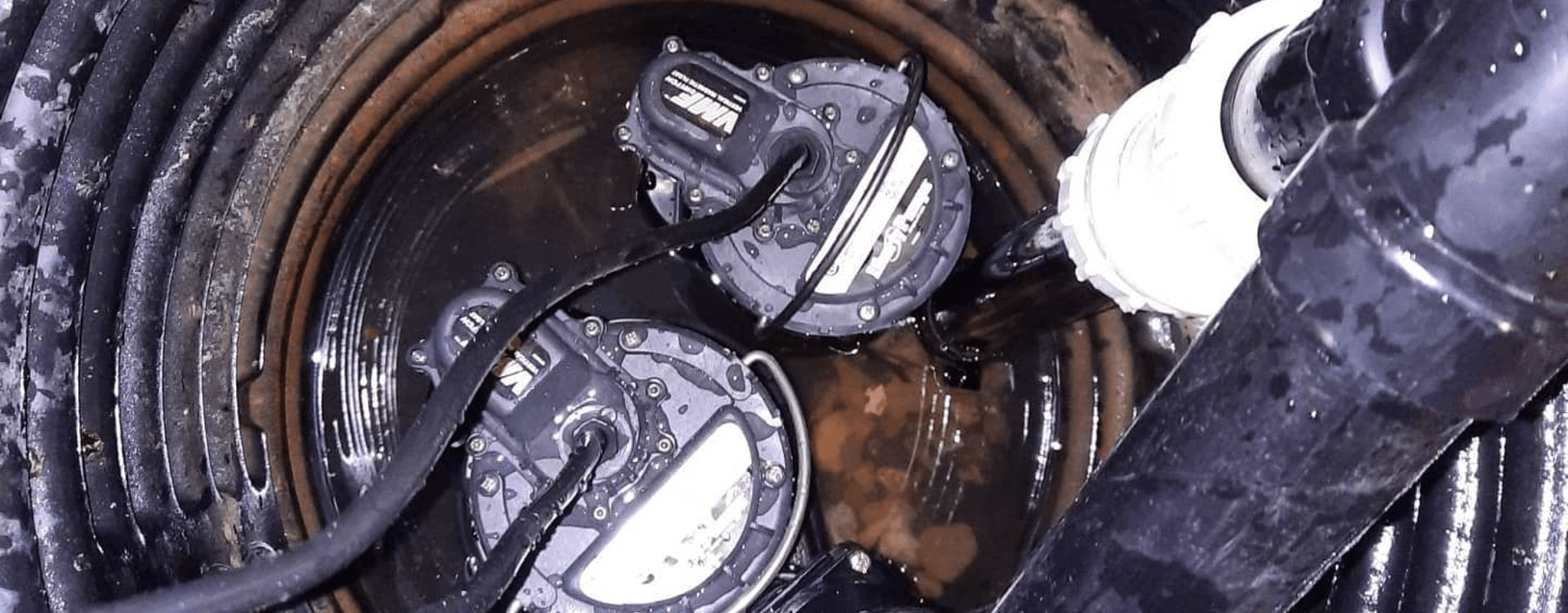Happy Spring!
The birds are singing, the leaves are appearing on trees, and it’s a time when many people are thinking about spring cleaning. If you’re opening up your windows for some fresh spring-time air and cleaning up your home for the spring, don’t forget your plumbing!
Just like other parts of your home, your plumbing needs to be cleaned too! When you clean up your plumbing, you’ll save money and enjoy worry-free, problem-free water for this season and many more to come.
Here are some tips to help you know what to clean when it comes to your home’s plumbing:
1. Toilet.
Clean out the bowl as you normally would, and also clean out inside of the tank. Avoid using harsh chemicals. It doesn’t hurt to give your toilet a plunge, or consider pouring a small bucket of water into the bowl from about waist level to “power flush” your toilet. Remind your family not to put trash in the toilet: never flush paper towels, tissue, diapers, or tampons. These things do not break up correctly and can clog your pipes. Additionally, use the minimum amount of toilet paper required to clean up after you are done.
2. Bathroom sink.
Ensure that your sink’s overflow holes are clear. Overflow holes are used in case the sink starts to overfill, which may not seem like a big problem–until it is. Fill your sink to test the overflow holes and clear any overflow holes that are clogged.
3. Bathtub.
To keep things flowing smoothly through the drain of your bathtub, each month you should feed it baking soda—one cup’s worth, with a cup of vinegar to chase it. Plug up the drain and allow the chemical reaction to occur. Wait for a little while, and then pour boiling water down the drain. This method clears out soap scum buildup and accumulated hair that gets caught in the pipes. Avoid slow bathtub drains by using a drain straining device to collect hair that would normally clog the pipes. This inexpensive device, when cleaned regularly, will prevent a lot of problems.
4. Kitchen sink.
Your kitchen sink drain takes in a lot of debris, including grease and fat, which can clog the drain and slow drainage. Pour boiling water down your kitchen sink drain to proactively clear the build-up. Consider using a drain straining device here too.
5. Garbage disposal.
Don’t use your hands to clean your garbage disposal. You can actually use lemon rinds or dishsoap to do it! And when you use your garbage disposal, avoid pouring grease or fat into it because that can clog up the machine and your pipes, especially when the grease or fat cools off.
6. Dishwasher.
Check your dishwasher for leaks. Remove and clean the drain straining device.
7. Water heater.
Take a look at your water heater. Is it producing enough hot water for you? Are there leaks or visible cracks? Be proactive; don’t wait for your water heater to break before you do something about it.



